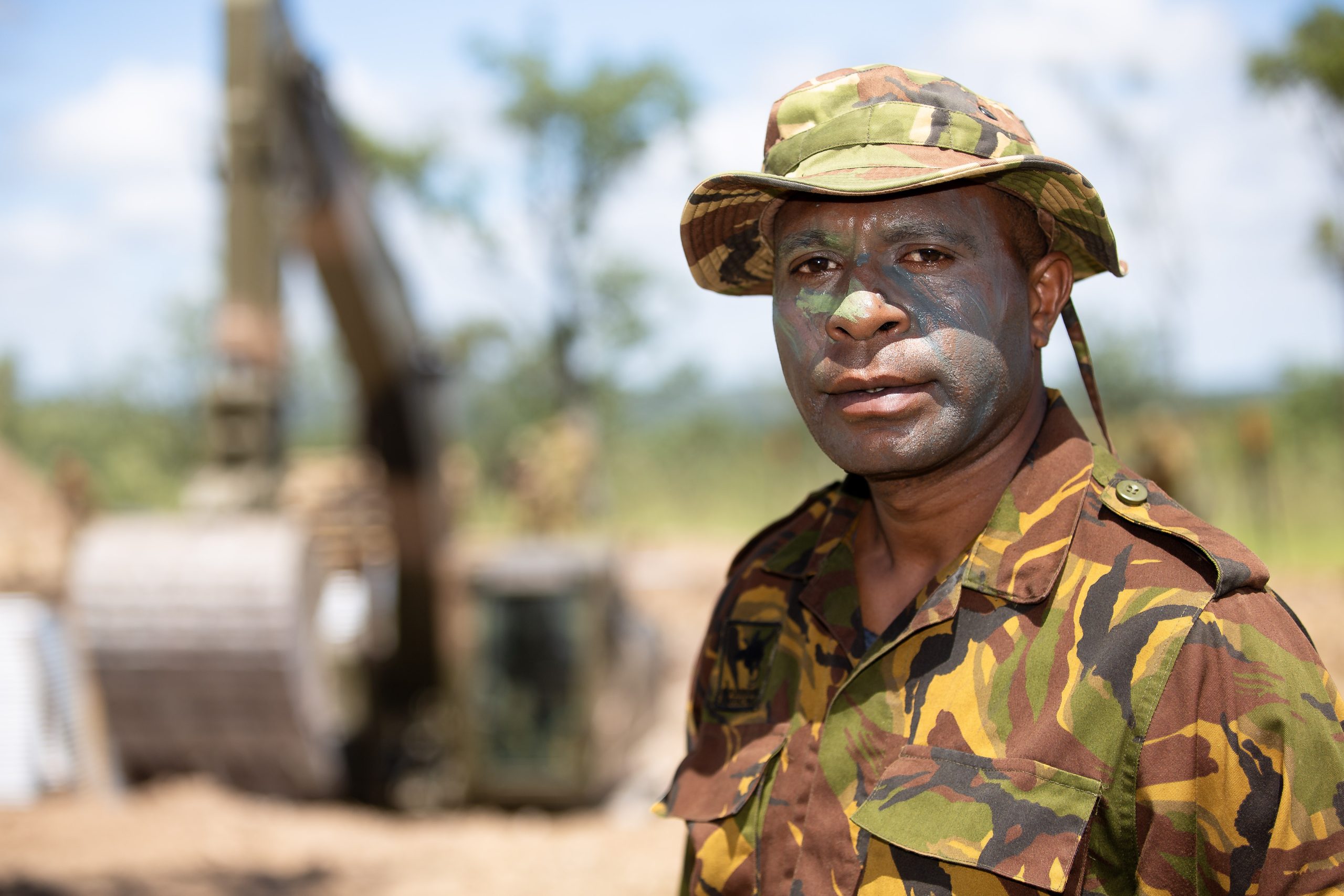
Australia needs to develop more creative and bold recruitment and retention strategies for the Australian Defence Force.
The recruitment of foreigners into the ADF, particularly Pacific islanders, is one solution that commentators have proposed in an ‘on-again, off-again’ debate.
Based on our research, and our conversations with Pacific island country security officials, the creation of a ‘Pacific Battalion’ possibly offers the greatest benefit across the broadest set of criteria and is the preferred option among those officials.
Ultimately, there are many benefits to opening up pathways for Pacific islanders to serve in the ADF, with the clear caveat that any process to formally establish a program must be culturally and politically sensitive, be informed by detailed risk and impact assessment, and have strong monitoring and evaluation mechanisms in place.
In our ASPI report published today, ‘Regional security and Pacific partnerships: recruiting Pacific Islanders into the Australian Defence Force’, we explore three options:
- direct recruiting from the Pacific region into the ADF;
- closer integration and operation between existing Australian and PIC forces;
- and a broader partnership model drawing on lessons from the US’s ‘compacts of free association’ and from the UK’s defence recruitment initiatives.
We’ve demonstrated that enhancing and deepening regional security mechanisms and cohesion is a necessary corollary to any solution focused on outcomes for the ADF. Although broadening the ADF recruitment scheme to directly recruit Pacific islanders would go some way towards addressing the ADF’s recruitment shortfalls, other options, such as the co-operative development of regional military forces, may be a better investment of time and money over the long run if it’s well planned and executed in genuine partnership and consultation with PICs.
An initial ‘Pacific Battalion’ option could build and evolve over time, learning and implementing lessons through an effective monitoring and evaluation framework. That may prove a tremendously useful way for Australia and the region to coordinate and cooperate on regional security.
The security and stability of the South Pacific and Australia are deeply intertwined. Australian Government policies have, for more than a decade, consistently prioritised the Pacific for international engagement, including in defence, development and diplomacy.
The Australian Government’s ‘Pacific Step-up’, first announced in 2016, delivered a heightened level of effort by Canberra in the region, as did Australia’s strong support for the Pacific Islands Forum’s Boe Declaration. The Albanese government’s increased policy focus on the region, and on a coordinated, whole-of-government approach to the Pacific, demonstrates the centrality of our immediate region to the Australian Government’s strategic planning.
Australia’s 2023 Defence Strategic Review (DSR) outlined the need for innovative and bold approaches to recruitment and retention in the Australian Defence Force (ADF), which is seeking to grow by 30 percent by 2040 but is not yet hitting existing recruitment targets.
Budget figures released for 2023 show that ADF personnel numbers dropped by more than 1,300, or more than 2 percent of the total force. The Budget projections for 2024 to 2026 indicate that the government requires more than 6,000 additional personnel—in addition to replacing those lost through attrition in the next three years—to meet stated growth requirements.
In the context of a competitive recruitment environment in Australia, especially for skilled labour, that trend indicates that the Defence organisation will struggle to meet forecast requirements using existing recruitment options and will need to seek alternatives. This challenge of competition for talent and to retain skilled workers is not limited to defence, nor Australia. It is an economy wide issue, and global.
Obviously, such an initiative could help the ADF’s recruitment numbers, but, importantly, it could open up economic, skills and training opportunities for Pacific islanders.
It could also provide a powerful cultural and practical engagement opportunity for the ADF, while also providing Australia with avenues to help shape the region’s security environment in positive and culturally relevant ways. Such recruitment—especially if it involves bilateral agreements between governments— would also put Pacific Island governments in a unique position to inform Australia’s security assessments and contribute to shared outcomes.
Those outcomes could include enhanced regional interoperability, especially for humanitarian assistance and disaster relief (HADR) and supporting combined stability operations, and stronger two-way cultural and social engagement, bolstering familiarity and understanding between the ADF and Pacific Island countries (PICs).
There are, of course, arguments against such recruitment. For example, the recruitment of Pacific islanders to fight for Australia could be viewed by some as ‘colonialist’ in a region understandably sensitive to that history. But this concern could be addressed through PICs retaining agency through bilateral arrangements.
In addition, any scheme seeking to relocate workers to Australia could be seen as taking skills from a much smaller nation, and risking brain and skills drains. We look at these, and other, considerations in this report.
These policy options aren’t exhaustive but they are plausible and represent different approaches (which could be combined) to achieve outcomes related to ADF recruitment and retention as well as to improved regional collective security.
A critical consideration in developing these options was a two-way flow of benefit: from the Pacific to Australia and from Australia back to the region. For example, we recommend that, where possible, Pacific recruits receive focused training in HADR, which would help build sovereign PIC capabilities and facilitate the application of learned skills upon recruits’ return to their home countries.

